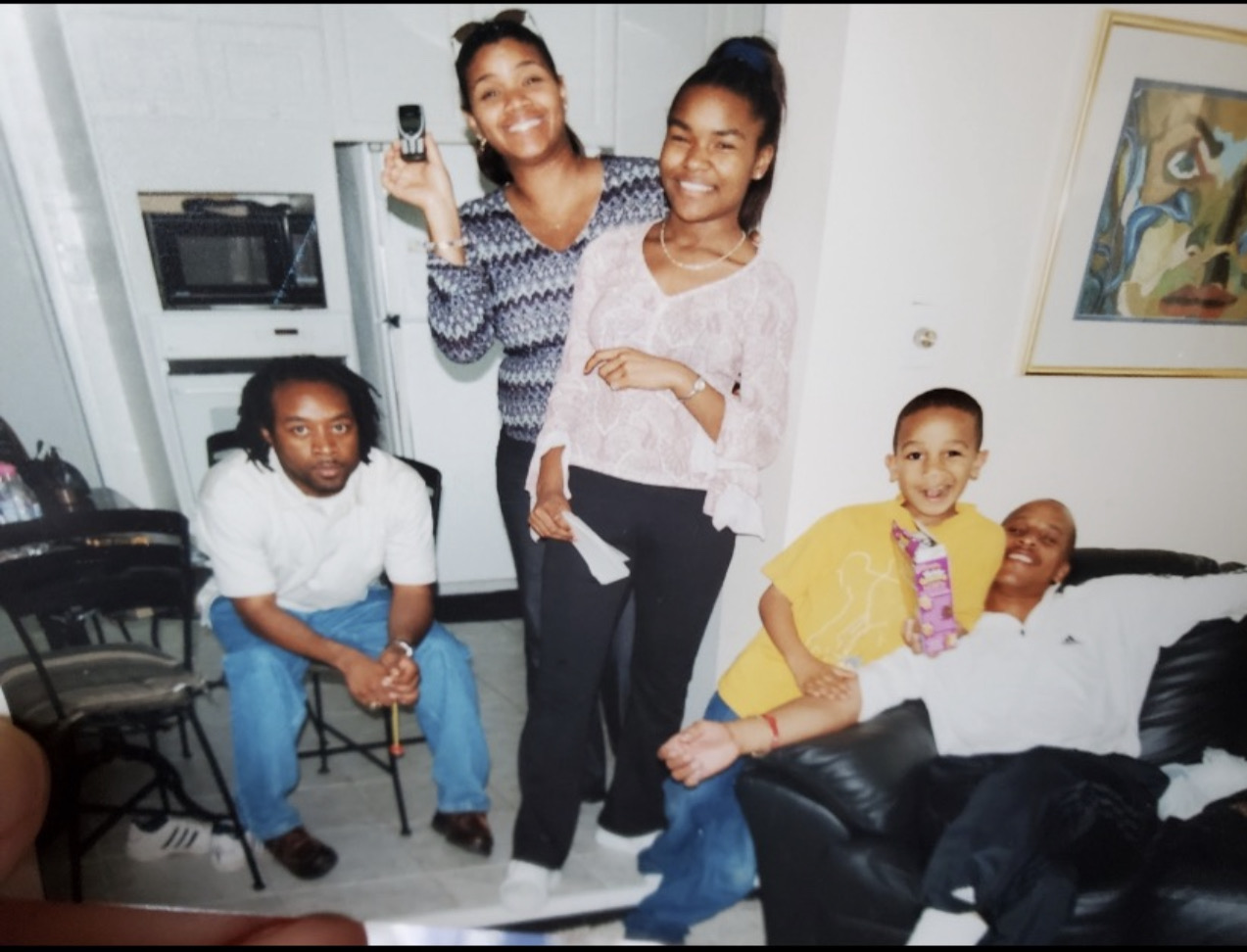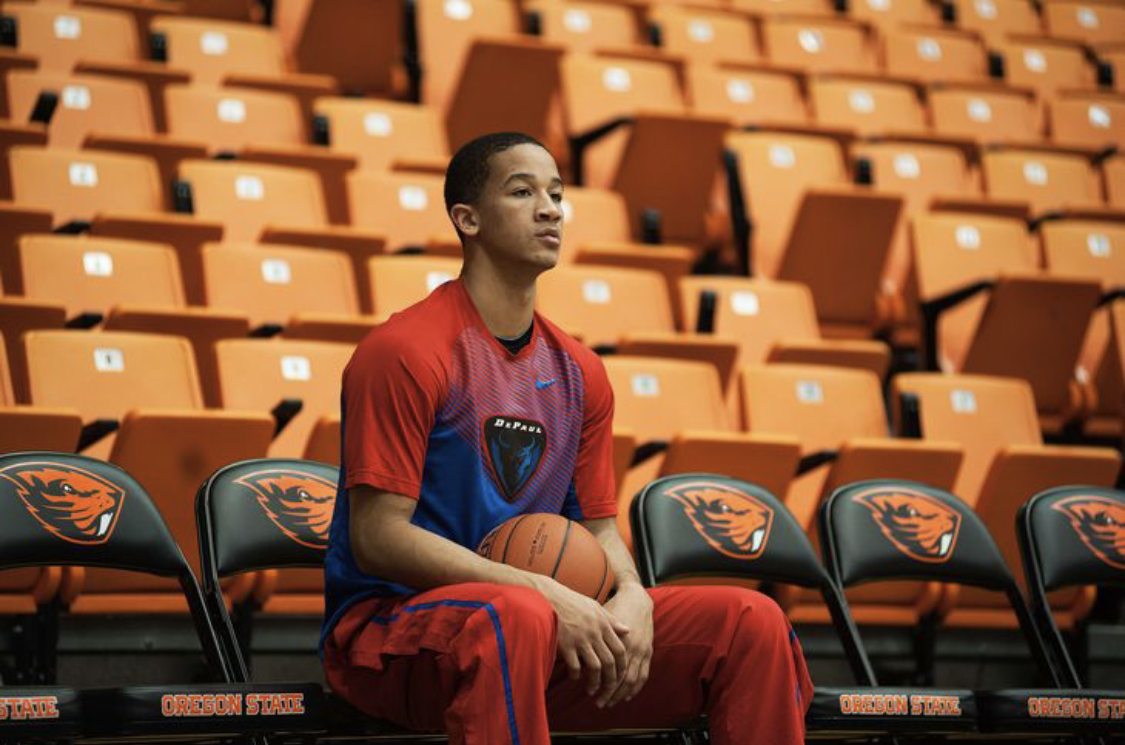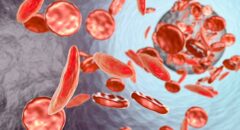
Photo by Jon Lopez / IG: @jonlopez13 / Basketball Hall of Fame
Sickle cell disease has long been a silent battle within the Black community, affecting thousands and often limiting opportunities in high-intensity careers like professional sports. But Billy Garrett Jr. has defied the odds, becoming the first NBA player diagnosed with sickle cell disease. His journey—from a young boy managing painful crises to a professional athlete breaking barriers—is a testament to resilience, perseverance, and advocacy.
Through his story, Garrett not only highlights the unique challenges of living with sickle cell but also sheds light on the urgent need for awareness, medical research, and blood donations, particularly within the Black community. His experience proves that with proper management and support, individuals with sickle cell can achieve the highest levels of success.
Early Awareness and Understanding
Garrett was diagnosed with sickle cell disease at birth, as medical advancements had made newborn screening more common. However, it wasn’t until he was around nine or ten years old that he truly grasped what having sickle cell meant.
“I started to pick it up early and understand what I needed to do to live a healthy lifestyle,” Garrett tells BlackDoctor.org. “Of course, that came with its own bumps in the road and lessons along the way, but I’d say around nine or ten years old is when I really started to understand what I was going through.”
RELATED: The Unbreakable Bond of Two Siblings Living with Sickle Cell

The Challenges of Growing Up with Sickle Cell
Garrett’s childhood was marked by both physical and mental challenges. He experienced painful crises as often as two to three times a month, forcing him to adjust his lifestyle and limit strenuous activities. As an athlete, this was particularly difficult, as he had to carefully balance his condition while striving to compete at a high level.
“As a kid, you just want to fit in, and I was no different. When I had to approach things differently than everyone else, it really bothered me,” Garrett explains. “Especially being an athlete, you always want to go out there and prove that you belong.”
Mentally, the challenges were just as demanding.
“Having something like this can affect your confidence and the way you view yourself. It takes time to learn how to work through that,” he adds.
Through trial and error, Garrett developed strategies to minimize crises.
“Over time, I realized that things like staying hydrated were important in managing my health and developing a formula that worked for me,” he shares.

Breaking Barriers in Basketball
Despite the odds, Garrett made history as the first NBA player diagnosed with sickle cell disease. His achievement was monumental—not only for himself but for the entire sickle cell community.
“It means a lot, and it’s hard to put into words,” Garrett says. “There have been so many people before me who paved the way. Now, I feel like it’s my job to share my experience—the ups and downs—with the community.”
His story isn’t just for aspiring athletes but for anyone battling adversity.
“I was told so many times that because of my health, playing professionally wouldn’t be possible. So, being able to share my story and inspire others facing similar challenges is really meaningful,” he says.
RELATED: Sickle Cell Warrior on Breaking the Cycle: “Get In The Ring With Us”

Advocacy and Raising Awareness
As a sickle cell advocate, Garrett is committed to dispelling misconceptions and increasing awareness about the disease. One of the most common misconceptions is that people with sickle cell are incapable of leading active lives or achieving their dreams.
“I want people to understand that they are capable,” he says. “You may have to tailor your approach, but you can still accomplish your goals.”
He also stresses the need for more medical research and support for sickle cell patients.
“Sickle cell is one of the most underrepresented diseases in modern medicine. My goal is to bring more awareness because I personally know what it’s like—the pain, the suffering. And anything I can do to raise awareness is something I’m committed to.”
RELATED: 9 Things Blacks Need to Know About Donating Blood

The Importance of Blood Donations
Another critical aspect of the fight against sickle cell disease is blood donation. Many sickle cell patients require transfusions to manage severe complications, and Garrett himself has been a beneficiary of multiple blood transfusions.
“If I can encourage those who are able to give blood, I will,” he says. “It may seem small, but it can make a huge impact. You never know whose life you could be saving with that simple act of kindness.”
Dr. Yvette Miller, Executive Medical Director of the American Red Cross, emphasizes the crucial role of blood donors in supporting sickle cell patients:
“One of the most common complications that patients with sickle cell disease have is what is known as a pain crisis. And that’s where their body has such a severe lack of oxygen due to the sickle cell disease that it causes their organs to essentially starve for oxygen,” she explains. “The way that patients with sickle cell disease have described it to me is just like someone driving a nail through their bones. The pain is so excruciating, and one of the first treatments for this pain crisis is a blood transfusion.”
According to the American Red Cross, sickle cell patients often require closely matched blood, which is most commonly found in donors of the same race or ethnic background. The Red Cross launched the Sickle Cell Initiative in 2021, increasing Black blood donor participation by nearly 75 percent over the past four years.
“This has certainly had a great impact on the availability of blood for patients with sickle cell disease,” Dr. Miller says. “In some cases, there are little patients who require monthly transfusions. A single transfusion episode can use up to 10 units of blood. The Sickle Cell Initiative has had a tremendous impact on ensuring that these patients receive the life-saving blood they need.”
Dr. Miller also highlights the importance of sickle cell trait screenings:
“One in 13 Black or African American babies in this country is born with sickle cell trait,” she explains. “Since 2006, it has been mandatory in the United States for every child born—regardless of race—to be screened for sickle cell trait. However, there is no unified notification system, so many people may not even know their sickle cell trait status. Through the Sickle Cell Initiative, we have now screened over 260,000 individuals.”
To donate blood, individuals can visit RedCrossBlood.org/OurBlood or call 1-800-RED CROSS (1-800-733-2767).

Advice for Parents and Children with Sickle Cell
For parents of children diagnosed with sickle cell, Garrett offers this advice: educate yourself and your child about the disease while encouraging them to explore their limits.
“My parents did an amazing job of teaching me about the disease without allowing me to use it as a crutch,” he shares. “They gave me the freedom to push my limits rather than restricting me.”
To children growing up with the condition, his message is simple but powerful:
“Don’t be afraid to be different. The journey may be tough, but sickle cell doesn’t define you. If anything, it can be your superpower.”

Looking Ahead
Moving forward, Garrett remains committed to using his platform to inspire others and advocate for sickle cell awareness.
“I just want to continue spreading my message and playing at the highest level I can. That’s what has given me this platform in the first place,” he concludes.








